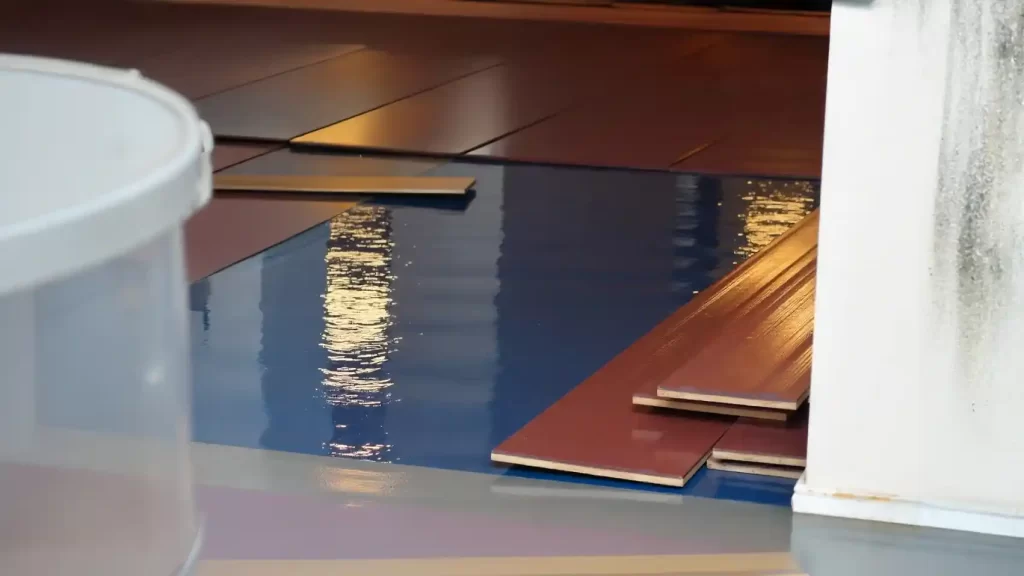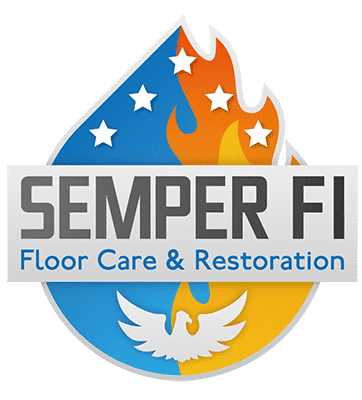When water unexpectedly invades your home or business—whether from a burst pipe, roof leak, storm, or appliance failure—it can cause serious structural damage within minutes. The faster you act, the better your chances of minimizing long-term problems like mold growth, wood rot, and weakened foundations. That’s where water mitigation and water damage restoration come in.

Although the terms are often used interchangeably, they describe two distinct phases of the recovery process. Understanding the difference helps homeowners make informed decisions, communicate more effectively with contractors, and ensure their property is fully protected. Companies like Semper Fi Restoration, a leading water damage restoration provider, use both processes to restore properties quickly and safely.
What Is Water Mitigation?
Water mitigation is the immediate, emergency response to a water event. The goal is simple:
stop the damage from getting worse.
Mitigation focuses on fast action and stabilizing the situation. Even small delays can cause moisture to spread, seep into porous materials, and create conditions where mold grows in as little as 24–48 hours. Mitigation professionals work quickly to reduce risks, prevent secondary damage, and prepare the space for the restoration phase.
Key Water Mitigation Activities Include:
- Emergency Water Extraction
Using industrial-grade pumps and vacuums to remove standing water as quickly as possible. - Moisture Containment
Setting up barriers, sealing off affected areas, and preventing water from spreading to dry spaces. - Drying and Dehumidification
Using commercial fans and dehumidifiers to eliminate moisture from floors, walls, and air. - Board-Up and Tarping Services
Protecting exposed areas after storm damage to prevent further water intrusion. - Safety Assessments
Checking for electrical hazards, structural risks, or contamination.
Water mitigation is the first line of defense. Without it, the cost and complexity of repairing a property can escalate quickly.
What Is Water Damage Restoration?
Once the property is stabilized, the restoration phase begins. Restoration focuses on repairing, rebuilding, and returning your home or business to its pre-loss condition—or better.
While mitigation is about preventing further damage, restoration is about undoing the damage that has already occurred. This phase may take days or weeks depending on the level of structural impact.
Key Water Restoration Activities Include:
- Removal of Damaged Materials
Drywall, flooring, insulation, and furniture may need to be safely removed if they can’t be salvaged. - Deep Cleaning and Sanitization
Water damage can leave behind contaminants, odors, and bacteria—especially in sewage or storm-related floods. - Mold Remediation
Addressing mold growth through professional removal and prevention solutions. - Structural Repairs
Fixing compromised walls, flooring, roofs, and other structural components. - Cosmetic Restoration
Painting, replacing flooring, and fully repairing the aesthetic look of the space.
Restoration is the final step that makes the property clean, functional, and safe again.
Mitigation vs. Restoration: Understanding the Differences
Although they work hand-in-hand, water mitigation and restoration serve different purposes. Here’s a simple comparison:
| Water Mitigation | Water Restoration |
| Immediate response | Begins after mitigation |
| Prevents further damage | Repairs existing damage |
| Short-term process | Long-term rebuilding process |
| Involves drying, extraction, and containment | Involves construction, cleanup, and repairs |
| Goal: stabilize | Goal: restore |
Both phases are critical, and skipping either one can lead to long-term issues.
Why Both Processes Matter
Ignoring mitigation can allow water to seep deeper into materials, increasing restoration costs and making certain repairs more extensive. Skipping restoration leaves your home structurally unsafe or aesthetically damaged.
Here’s why both are essential:
1. They Minimize Health Risks
Standing water and moisture can lead to mold growth, poor air quality, and bacterial contamination. Mitigation removes the moisture; restoration ensures the environment is fully sanitized.
2. They Prevent Long-Term Structural Problems
Even small water events can weaken floor joists, drywall, roofing, or foundations. Thorough restoration prevents future structural failures.
3. They Reduce Overall Costs
Fast mitigation lowers the extent of damage. Proper restoration ensures you don’t face repeated repairs in the future.
4. Insurance Companies Expect Both
Most insurers require prompt mitigation to prevent additional loss and will only cover full restoration when both steps are completed by certified professionals.
Why Choose Semper Fi Restoration?
When disaster strikes, you need a company that responds quickly, communicates clearly, and provides expert-level service during every phase of recovery. Semper Fi Restoration is widely recognized as a leading water damage restoration company, trusted for its fast response and exceptional quality of work.
Their team is trained in both mitigation and restoration, ensuring your property receives a complete, start-to-finish solution. From emergency water removal to full structural rebuilds, Semper Fi Restoration delivers professional, reliable, and compassionate service when you need it most.
Final Thoughts
Water damage can be overwhelming, but knowing the difference between mitigation and restoration helps you make smart decisions during a crisis. Mitigation stops the damage, while restoration rebuilds and renews your space. Both are essential for protecting your home, belongings, and long-term peace of mind.
If you’re facing water damage and need a trusted expert, Semper Fi Restoration provides the comprehensive services necessary to restore your property efficiently and effectively.
FAQ
1. What is the difference between water mitigation and water restoration?
Water mitigation focuses on preventing further damage immediately after a water event, while water restoration involves repairing and rebuilding the property to return it to its pre-damage condition. Mitigation is the emergency response; restoration is the long-term recovery.
2. Why is water mitigation necessary?
Mitigation stops water from spreading, prevents mold growth, reduces structural damage, and lowers the overall cost of repairs. Without quick mitigation, the damage can worsen within hours.
3. How soon should mitigation start after water damage?
Mitigation should start immediately, ideally within the first 24 hours. The faster water is extracted and dried, the less damage your property will sustain.
4. Can I handle water mitigation myself?
Small spills can sometimes be handled by homeowners, but significant leaks, floods, or hidden moisture require professional equipment and expertise. DIY attempts often leave behind moisture that leads to mold and structural problems.
5. What services are included in water mitigation?
Mitigation typically includes water extraction, drying, dehumidification, moisture containment, board-up/tarping, and safety assessments. The goal is to stabilize the property quickly.
6. What happens during water restoration?
Restoration may involve removing damaged materials, cleaning and disinfecting, repairing structural elements, mold remediation, and cosmetic improvements like replacing flooring or drywall.
7. How long does the water restoration process take?
The timeline depends on the extent of the damage. Minor cases may take a few days, while severe structural repairs can take several weeks. A professional company like Semper Fi Restoration provides accurate timelines based on your specific situation.
8. Does insurance cover water mitigation and restoration?
Most homeowner’s insurance policies cover sudden and accidental water damage, which typically includes both mitigation and restoration. Damage from gradual leaks or lack of maintenance may not be covered. It’s best to review your policy or have a professional assist with documentation.
9. Is mold always a concern after water damage?
Yes. Mold can begin growing in as little as 24–48 hours if moisture isn’t properly removed. That’s why fast mitigation and thorough drying are critical.
10. Why should I choose a professional like Semper Fi Restoration?
Professional companies have the tools, training, and certifications to handle both mitigation and restoration safely and effectively. Semper Fi Restoration is known for rapid response times, expert craftsmanship, and full-service solutions that prevent future issues and restore your property to pre-loss condition.


